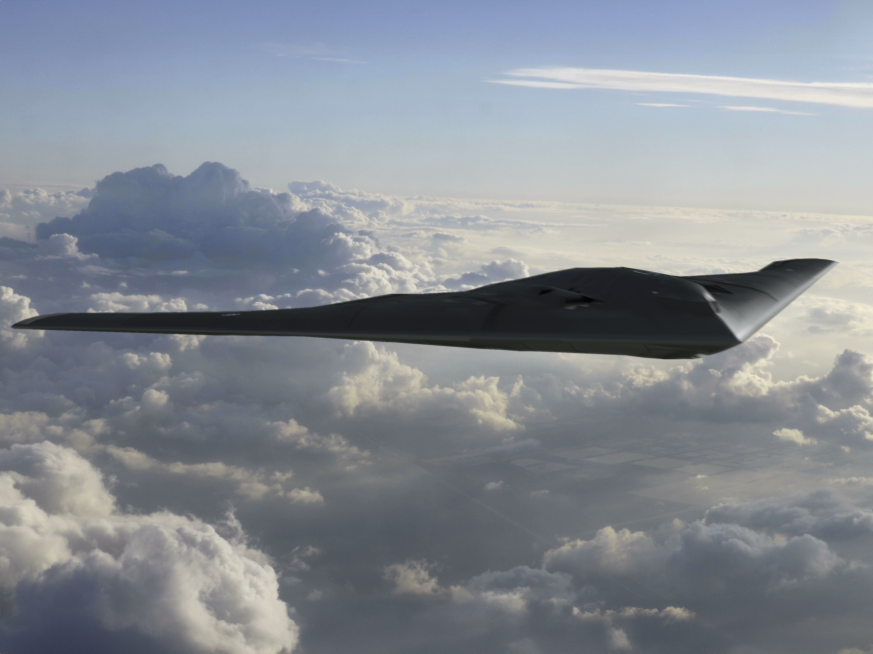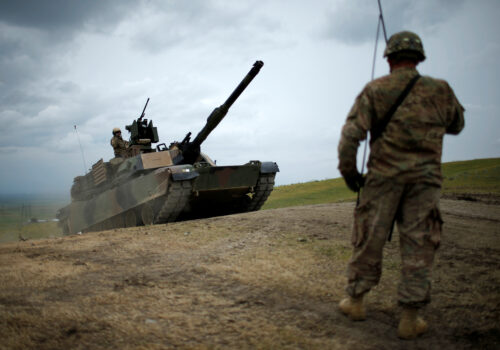Five pillars for deterring strategic attacks
This issue brief is part of the Scowcroft Center for Strategy and Security’s National Defense Strategy Project, outlining the priorities the Department of Defense should address in its next NDS.
Executive summary
To achieve the likely objectives of the National Defense Strategy—defending the US homeland and deterring China—the United States must address the risk of strategic attacks on the homeland. This imperative includes preventing such attacks and ensuring that the Department of Defense has both the strategy and capabilities to restore deterrence at the lowest possible level of damage if prevention fails.
This is essential because a strategic attack could coerce the United States into halting its support for allies and partners, or cause military disruption severe enough to prevent such support altogether—thus undermining the objective of deterring China. Moreover, adversaries could inflict damage on US society that far outweighs the benefits the United States seeks through its foreign policy, further weakening homeland defense.
An effective strategy to address the risk of strategic attack on the US homeland must rest on several overlapping pillars. These include deterring a large-scale nuclear attack on the United States; preventing nuclear escalation during conventional regional conflicts; fielding US and allied forces sufficient to deter the outbreak of major-power conventional war; maintaining a flexible declaratory policy and adaptable strategic forces; and enhancing the nation’s ability to sustain warfighting capacity—even while under strategic attack.
View the full issue brief
About the authors
Related content
Explore the program

Forward Defense leads the Atlantic Council’s US and global defense programming, developing actionable recommendations for the United States and its allies and partners to compete, innovate, and navigate the rapidly evolving character of warfare. Through its work on US defense policy and force design, the military applications of advanced technology, space security, strategic deterrence, and defense industrial revitalization, it informs the strategies, policies, and capabilities that the United States will need to deter, and, if necessary, prevail in major-power conflict.
Image: The Ohio-class ballistic missile submarine USS Tennessee returns to Naval Submarine Base Kings Bay, Georgia in this February 6, 2013 handout photo. The Tennessee and 13 other Ohio-class submarines are critical elements of the U.S. nuclear deterrent but the oldest has been in service for 33 years and the end of the fleet's useful life of 42 years is in sight. Every nuclear weapons delivery system in the U.S. arsenal ? the so-called triad of bombers, ballistic missiles and submarines ? will have to be replaced in the coming 30 years. REUTERS/Mass Communication Specialist 1st Class James Kimber/U.S. Navy/Handout via Reuters (UNITED STATES) - Tags: MILITARY POLITICS) THIS IMAGE HAS BEEN SUPPLIED BY A THIRD PARTY. IT IS DISTRIBUTED, EXACTLY AS RECEIVED BY REUTERS, AS A SERVICE TO CLIENTS. FOR EDITORIAL USE ONLY. NOT FOR SALE FOR MARKETING OR ADVERTISING CAMPAIGNS




